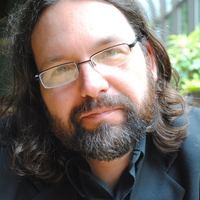These type organizations when founded (1987) were founded for “the long haul”. The belief was then that Humans might damage the Earth but not destroy it. Well here we are, when it looks like Humans may kill off themselves and maybe permanently in some respects changing the Earth, and these organizations sort of plod on. They need to pick up the pace. While I understand the desire to do good work in the 3rd world. They may want to change the minds help the 1st world countries first.
http://www.conservation.org/Pages/default.aspx
Two Conservation International Leaders Honored by World’s Top Conservationists
Jeju, South Korea – Conservation International’s long time President, Dr. Russell Mittermeier, a world-renowned primatologist, herpetologist and conservationist, was granted Honorary Membership today by the International Union for the Conservation of Nature, the world’s largest international environmental organization. The award was presented at the World Conservation Congress taking place this week in South Korea, on the recommendation of the IUCN Council to individuals who have made exceptional contributions to conservation.
“Russ Mittermeier is an innovative, proactive and scientifically informed conservationist,” declared IUCN on its website. “A renowned primatologist and herpetologist, he has undertaken extensive field work and made major contributions to the conservation of the fauna of Madagascar, the fauna of South America (especially in Brazil and the Guianas), primates in general, and freshwater turtles worldwide.”
:}
go there and read. More tomorrow.
:}

